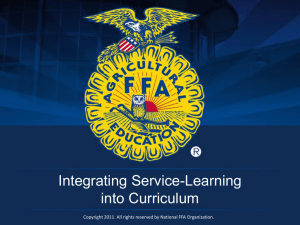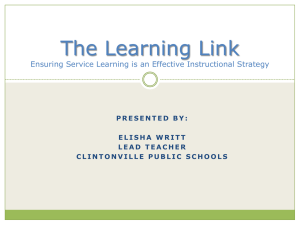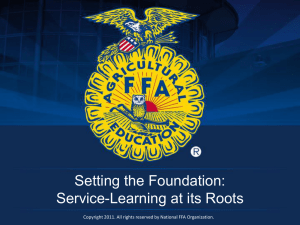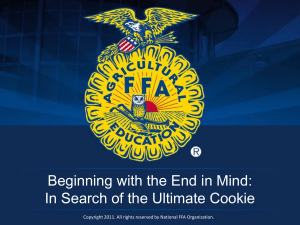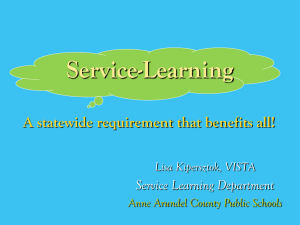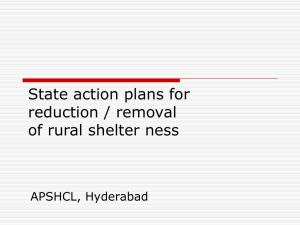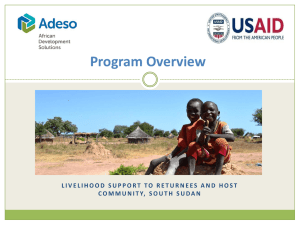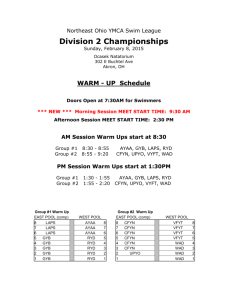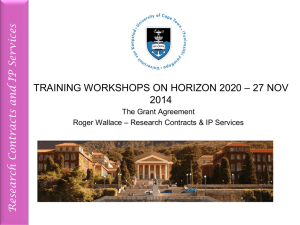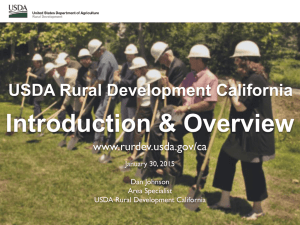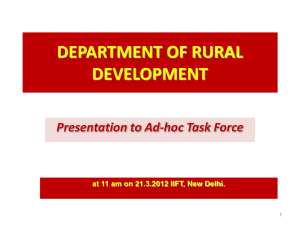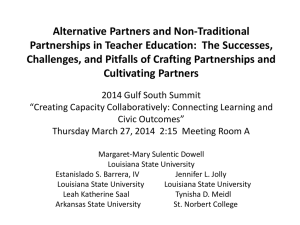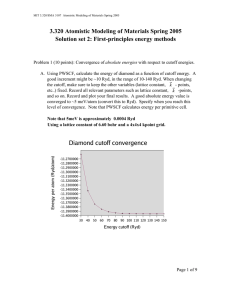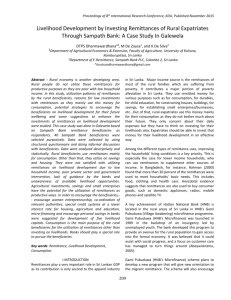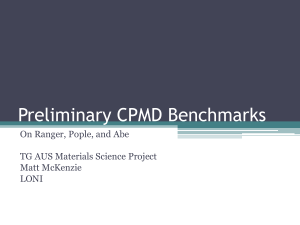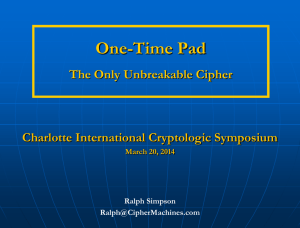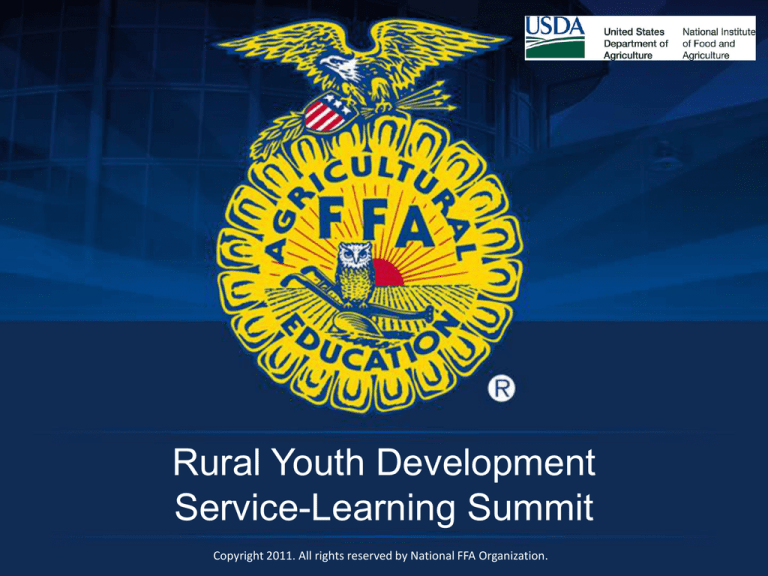
Rural Youth Development
Service-Learning Summit
Copyright 2011. All rights reserved by National FFA Organization.
Rural Youth Development
FFA Service-Learning Summit
RYD Program
Philosophies and Foundations
Nancy Valentine, Ed.D.
National Program Leader, 4-H & RYD Project Manager
June 26, 2011
Crowne Plaza at Historic Union Station
Indianapolis, IN
Program History
•Original Funding (2002)
•Common Framework Developed (2005)
o
o
o
o
Service-learning
Address complex, long-term community issues
Youth & volunteer leadership development
Community powerbrokers
•Organization & Staff Changes
Current Program “Sound Bites”
“Youth build strong rural communities”
“Youth improve their own lives and the
communities in which they live”
Research Bases
• Human Development (Ecological Model)
• Youth Development (Mastery,
Independence, Belonging, Generosity)
• Community Development (Community
Capital Model: Human, Social, Financial,
Natural, Cultural, Civic/Political, Built)
Guiding Principles
•Youth-adult partnerships
•Youth valued as resources with authentic voices
•Culturally sensitive, inclusive
•Social entrepreneurship concepts
•Safe environments (physical & emotional)
•Connect formal & non-formal education
•Youth build positive visions as leaders &
successful members of society
Attributes of Projects (1 of 4)
•Located in rural communities
•Sustainable beyond federal funding
•Intent to fund for 3-5 years
•Same youth for multiple years
•Projects located in the communities in which
they live
•Scope, breadth, depth, intensity, & frequency
•Youth led with adult guidance
Attributes of Projects (2 of 4)
•Address significant, long-term, complex
community issue(s), i.e. hunger, nutrition,
obesity, natural resources, cultural tensions
•Not one-time efforts or a series of one-time
efforts, i.e. road side cleanups
•Long term impact. What is the residual
benefit to the community, e.g. income from
rental property?
Attributes of Projects (3 of 4)
Expand over multiple years
•Year 1—pack backpacks of nutritious food for
families over weekends
•Year2—backpacks plus community gardens
•Year 3—continue years 1 & 2; add educational
programs
•Year 4—continue years 1-3; add “gleaning”
•Year 5—continue years 1-4; add farmer’s
markets
Attributes of Projects (4 of 4)
Ability to report impact for:
•Youth
•Adult volunteers
•Community powerbrokers
•Program beneficiaries
•Communities
Good Program Development (1 of 3)
•Identify big issue and ideal outcomes first
•Include community powerbrokers in
identifying needs
•State SMART outcomes, i.e. specific,
measurable, attainable, realistic & timely
•Outcomes need to include youth, adult
volunteers, community leaders, program
beneficiaries and larger community
Good Program Development (2 of 3)
•Program strategies are appropriate to
address stated outcomes
•Cost effective evaluation methods are
appropriate to measure outcomes
•Sustainability plans are planned in the
beginning
•Training for youth and adult volunteers
provided
Good Program Development (3 of 3)
•Financial support from the grant is enough
for youth to be successful
•Developing human and social capital is
inherent for program participants; could also
be a focus for beneficiaries
Questions???



